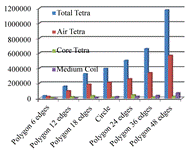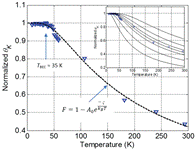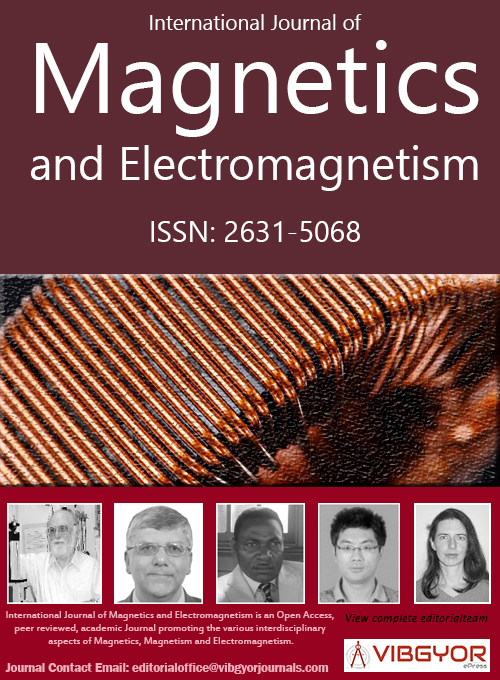International Journal of Magnetics and Electromagnetism
ISSN: 2631-5068 Impact Factor = 0.44* DOI: 10.35840/2631-5068


J.R. González, Roberto Prieto and Rafael Asensi
González JR, Prieto R, Asensi R (2015) Simplifications in 3D High-Low Frequency Models of Multi-winding Magnetic Components (EE & Toroidal Cores). Int J Magnetics Electromagnetism 1:003.
Published Date: December 31, 2015
PDF | Full Text | EPUB | XML
Classical Dipole Emission Rate of Energy Compared with Quantum Dissipative Emission Rate
Stanislaw Olszewski
Olszewski S (2015) Classical Dipole Emission Rate of Energy Compared with Quantum Dissipative Emission Rate. Int J Magnetics Electromagnetism 1:002.
Published Date: November 24, 2015
PDF | Full Text | EPUB | XML
A New Technique for Measuring the Chemical Potential of Magnons Confined in Nanostructures
Chidubem A. Nwokoye, Edward Della Torre, Lawrence H. Bennett, Abid Siddique and Frank A. Narducci
Nwokoye CA, Torre ED, Bennett LH, Siddique A, Narducci FA (2015) A New Technique for Measuring the Chemical Potential of Magnons Confined in Nanostructures. Int J Magnetics Electromagnetism 1:001.
Published Date: September 14, 2015
PDF | Full Text | EPUB | XML